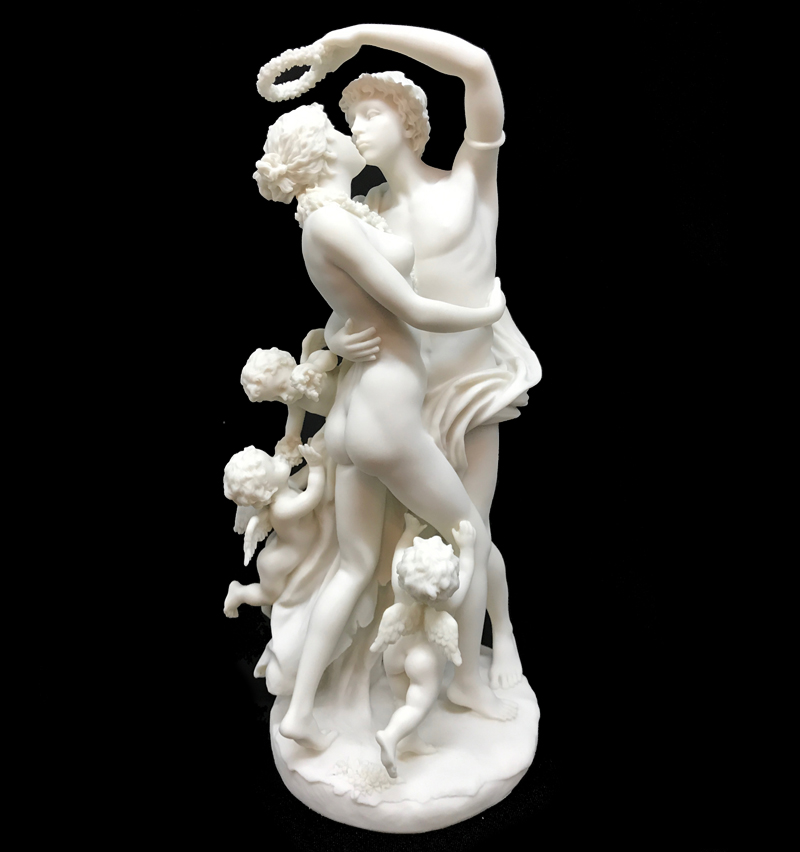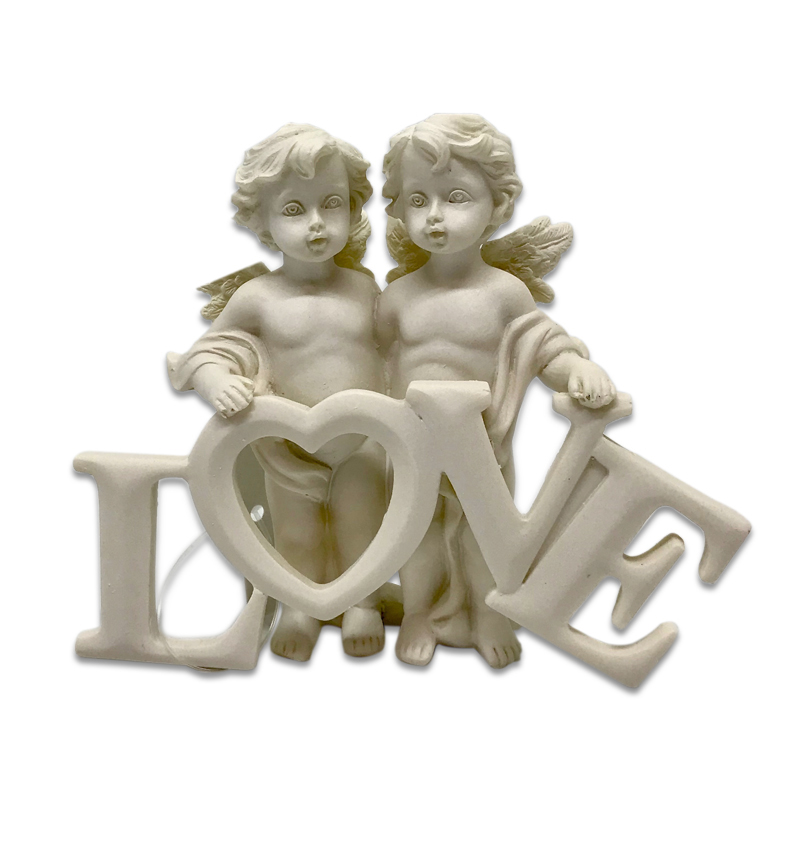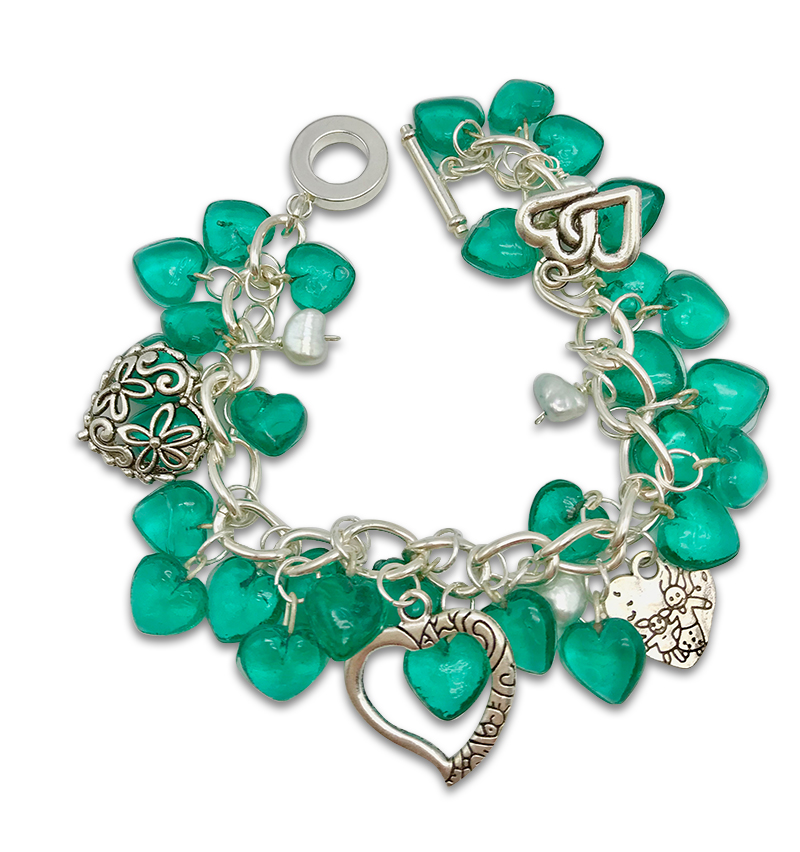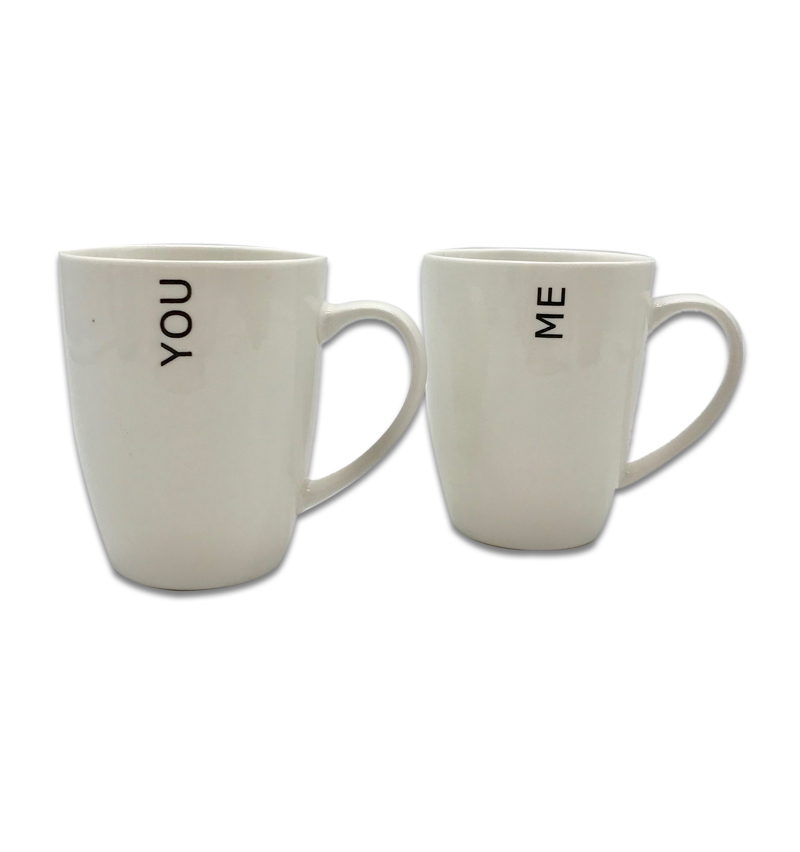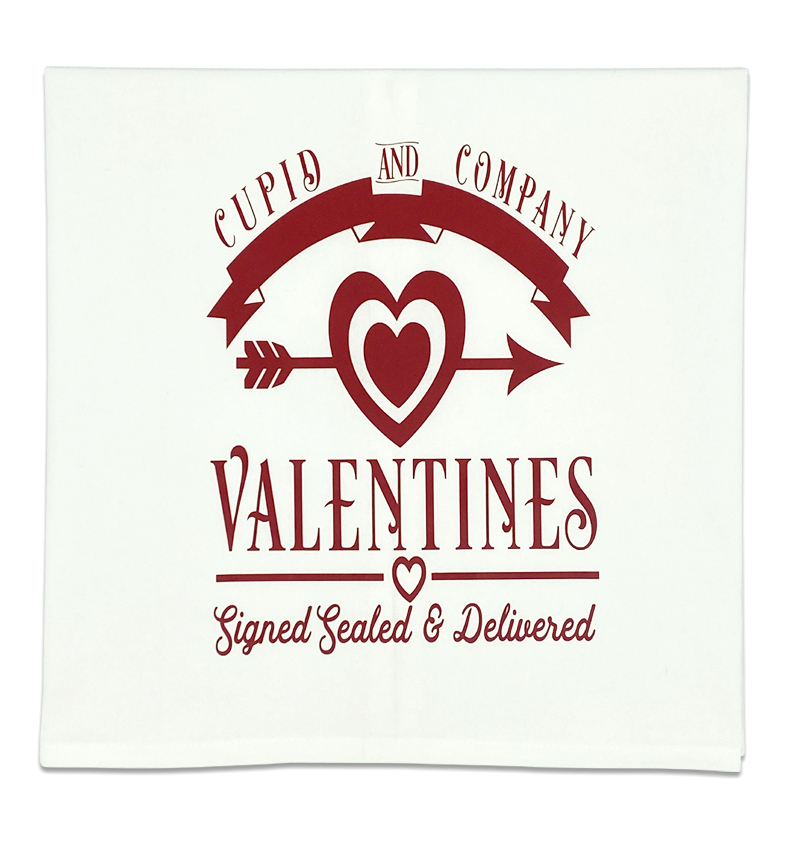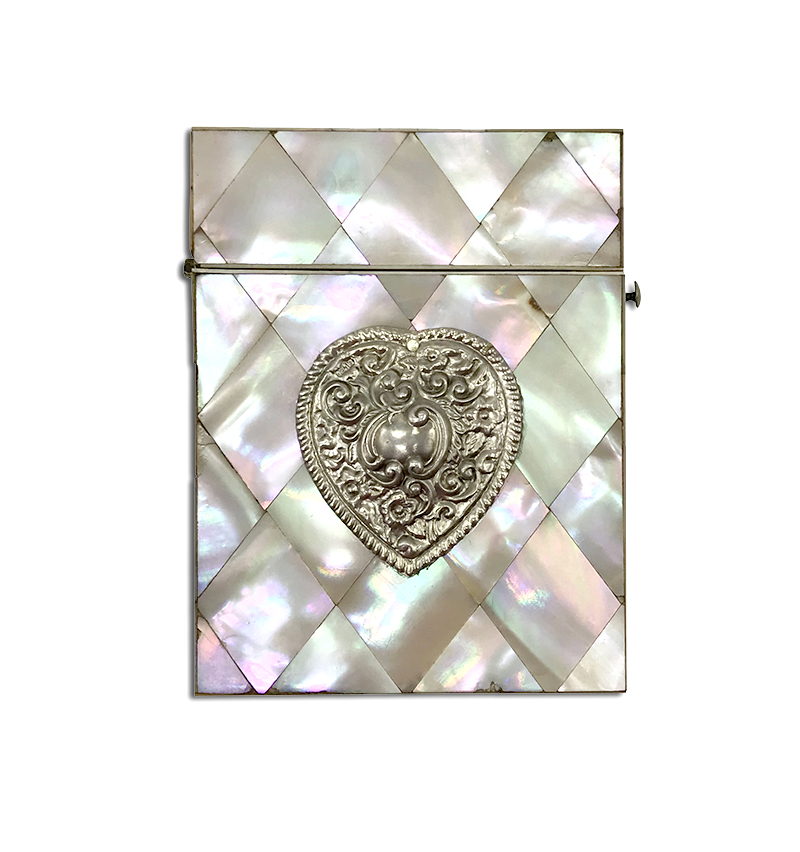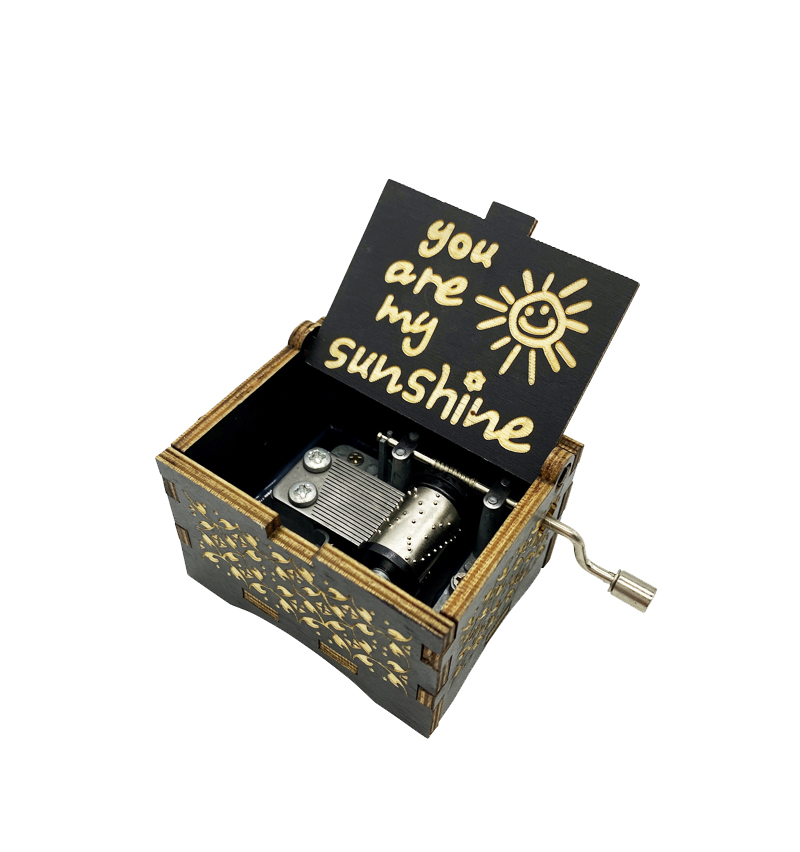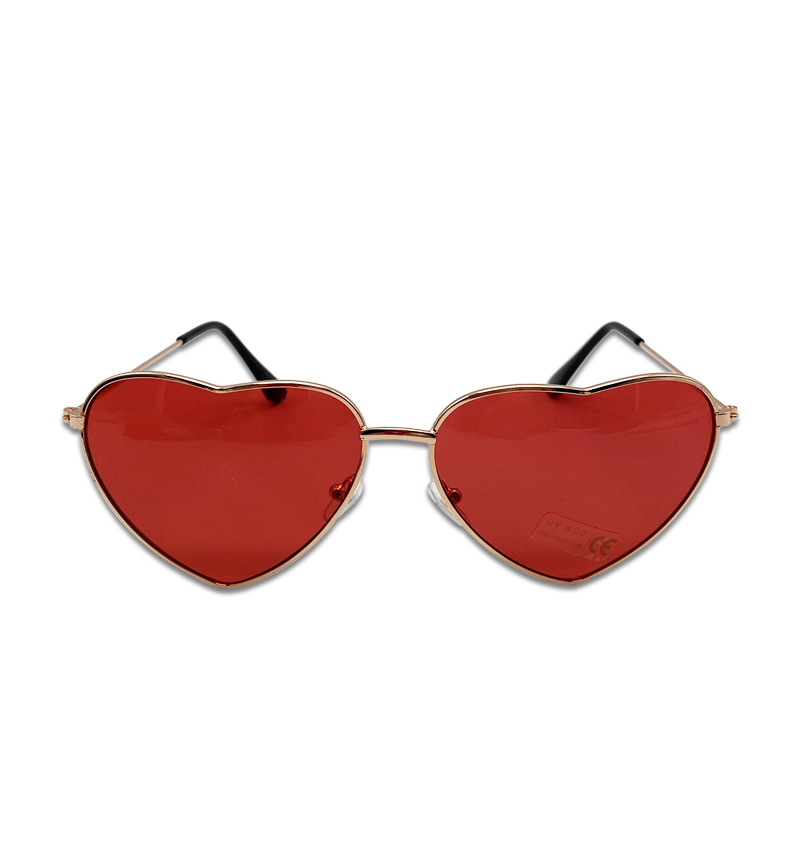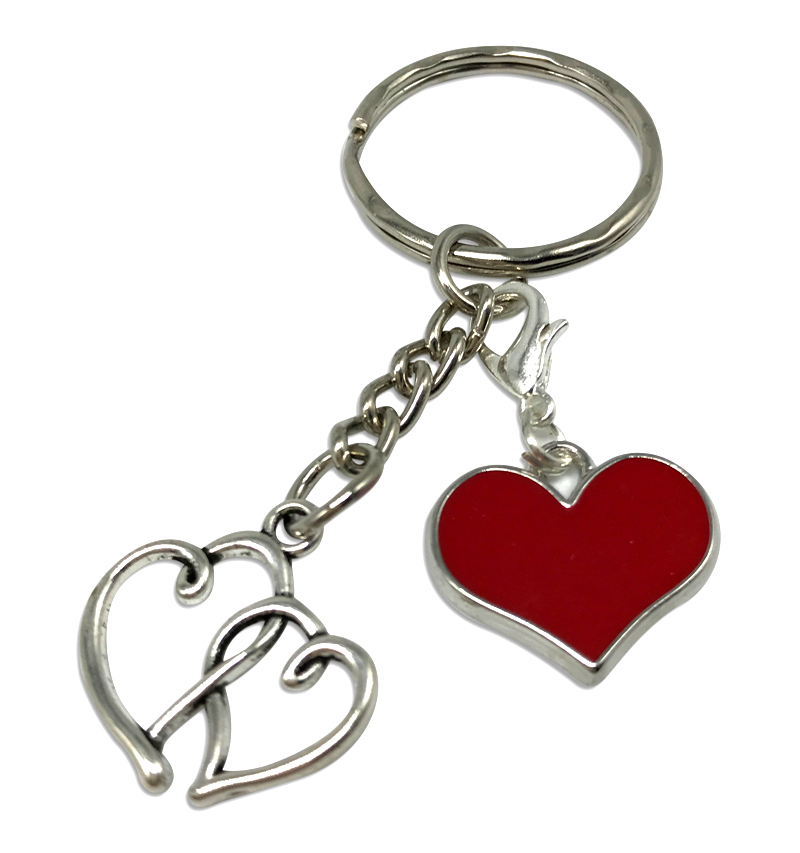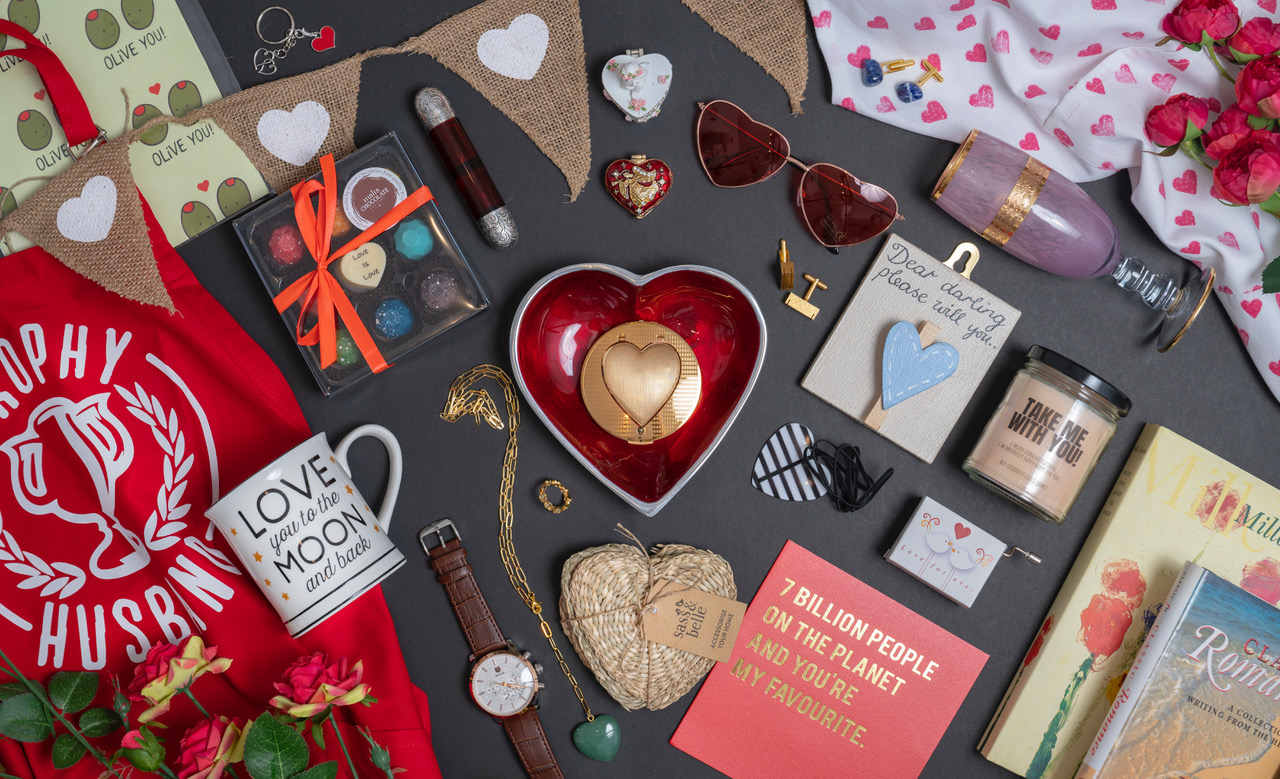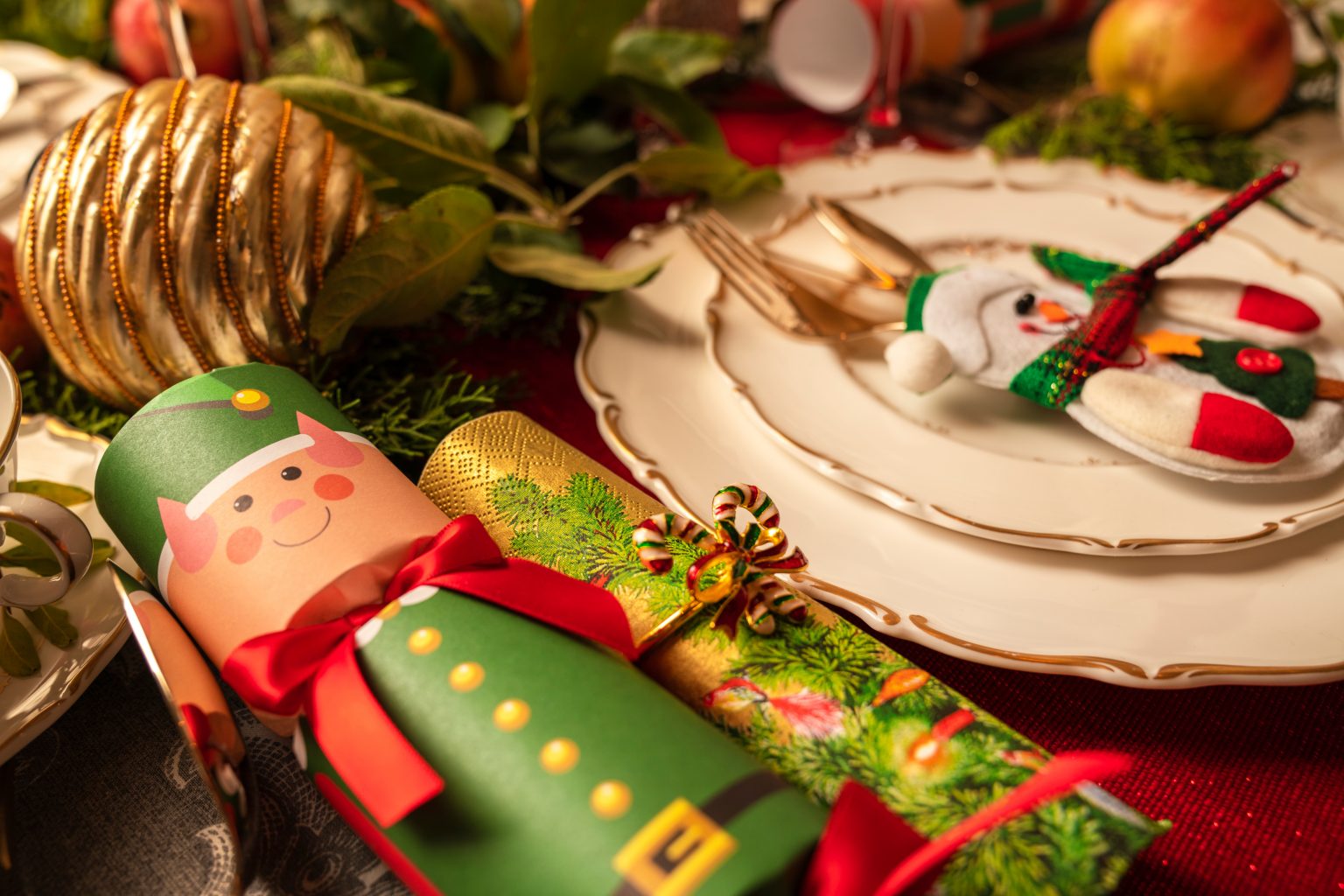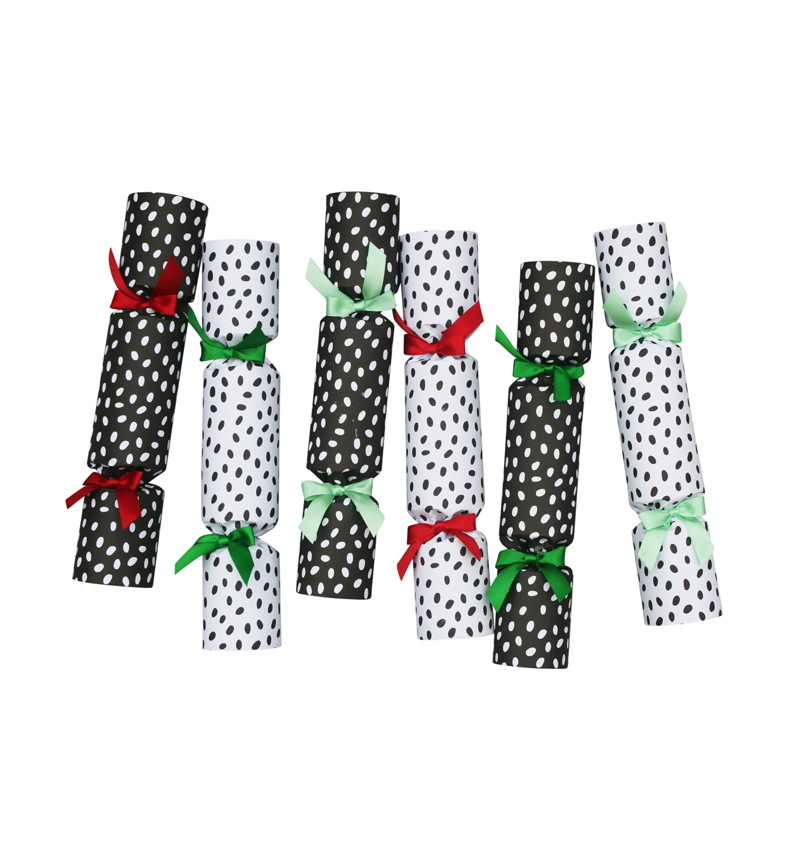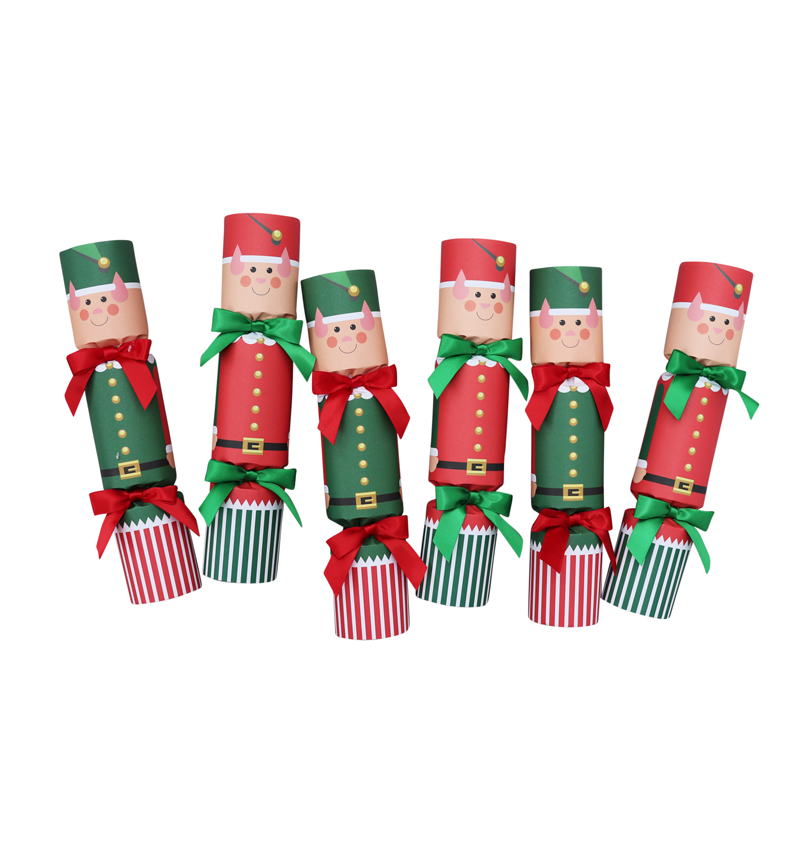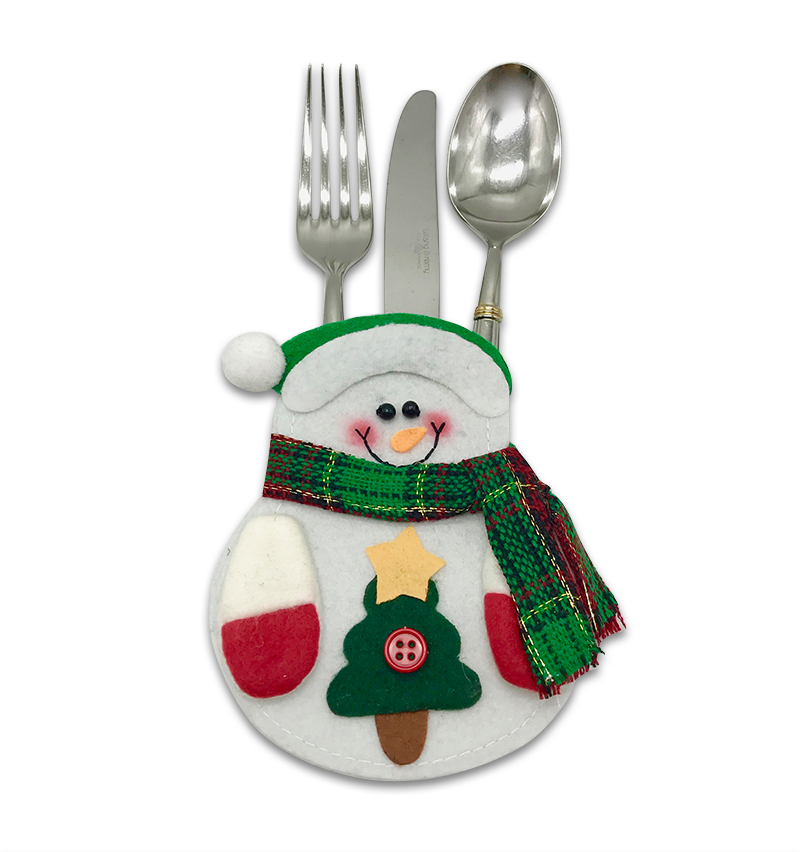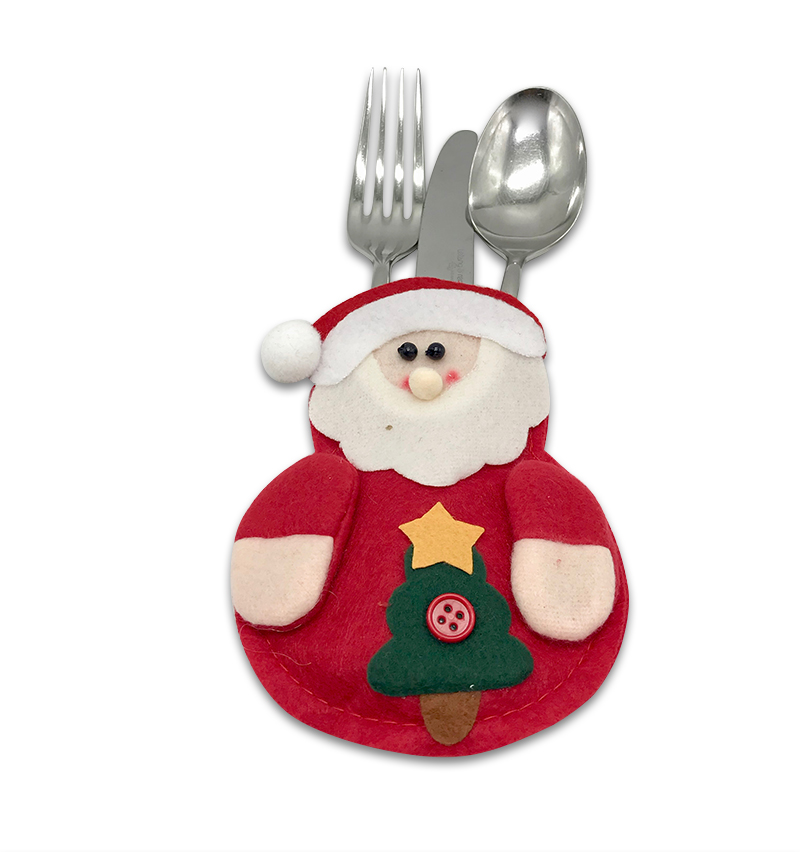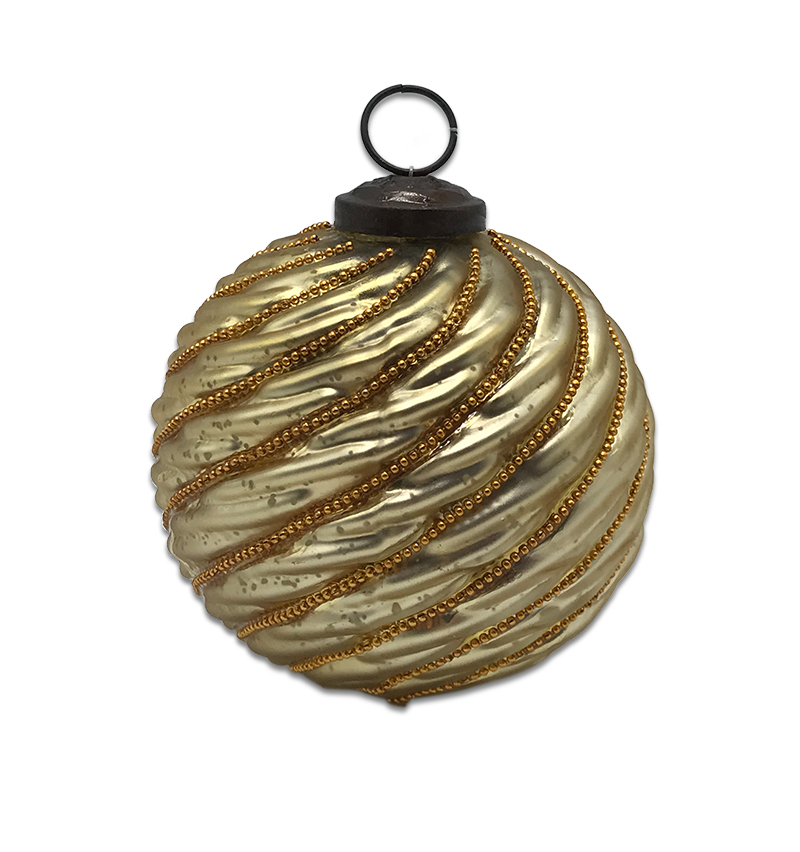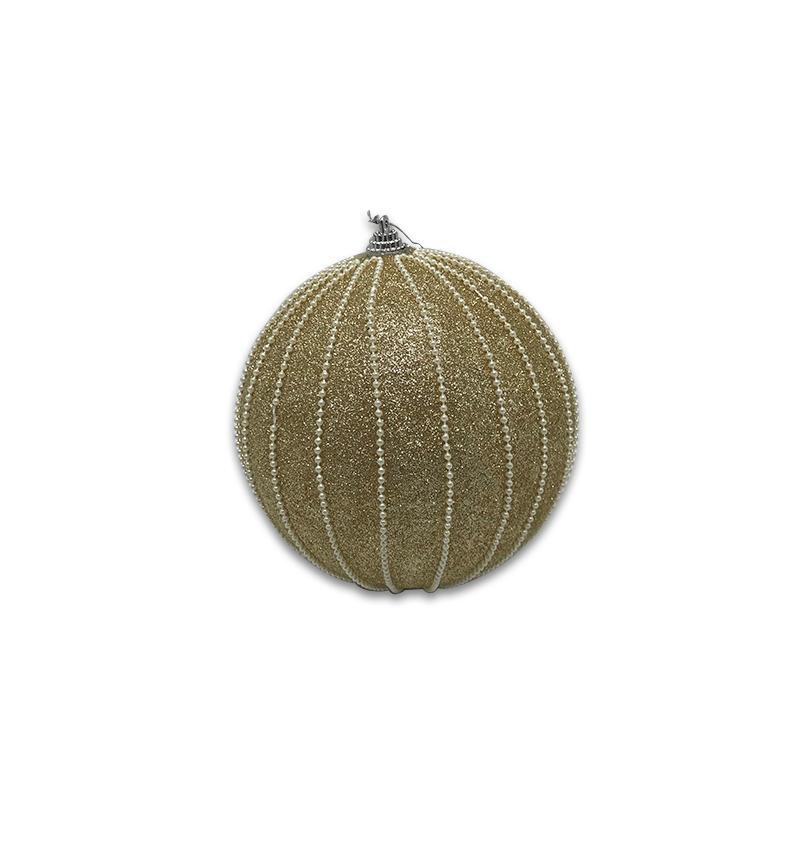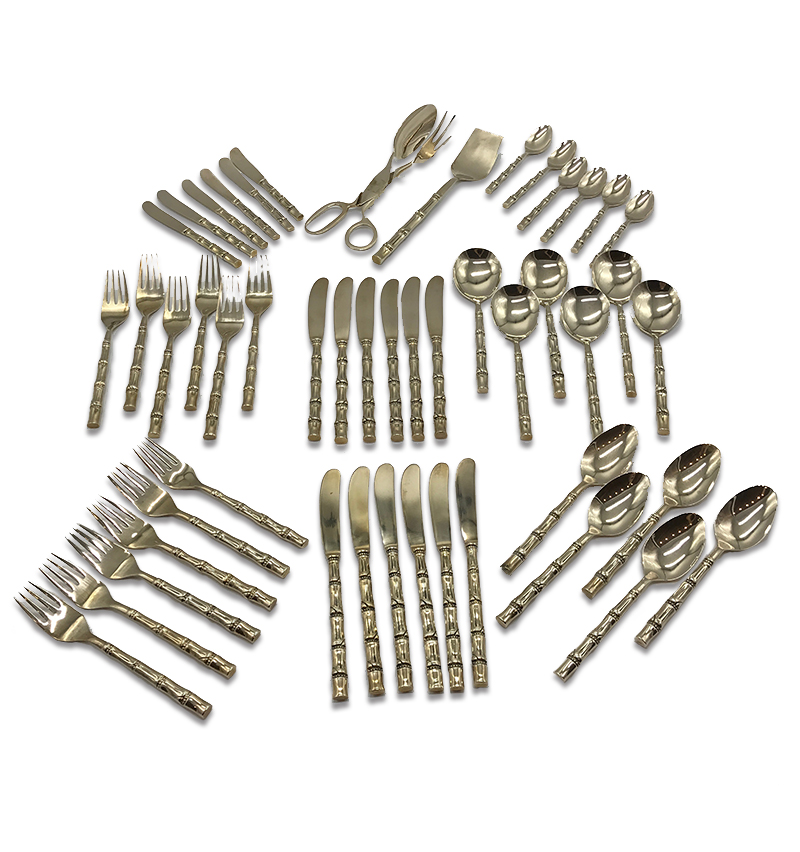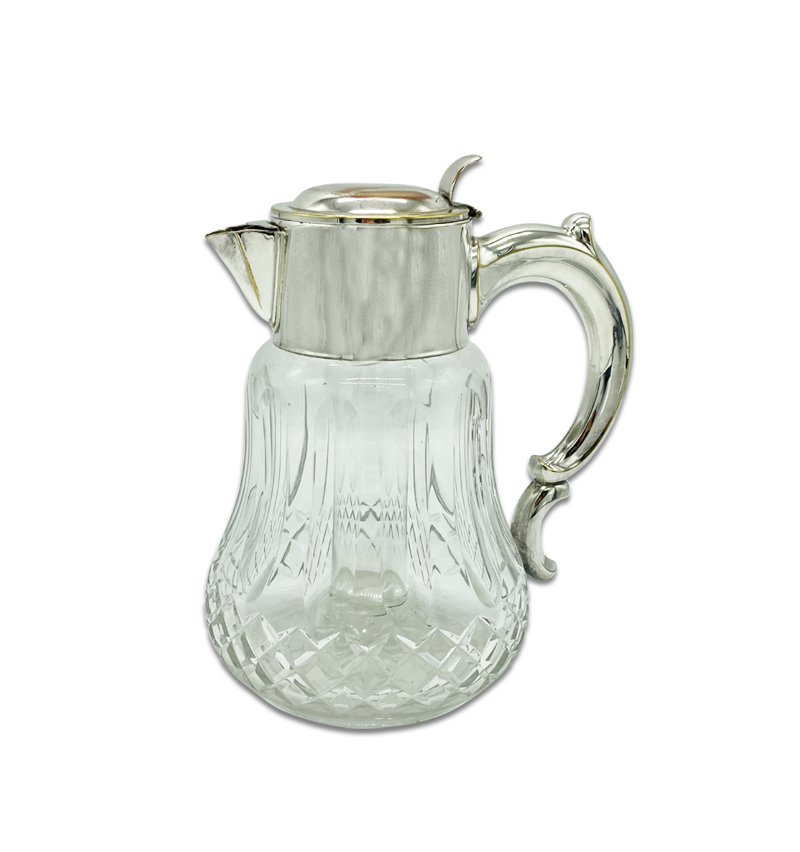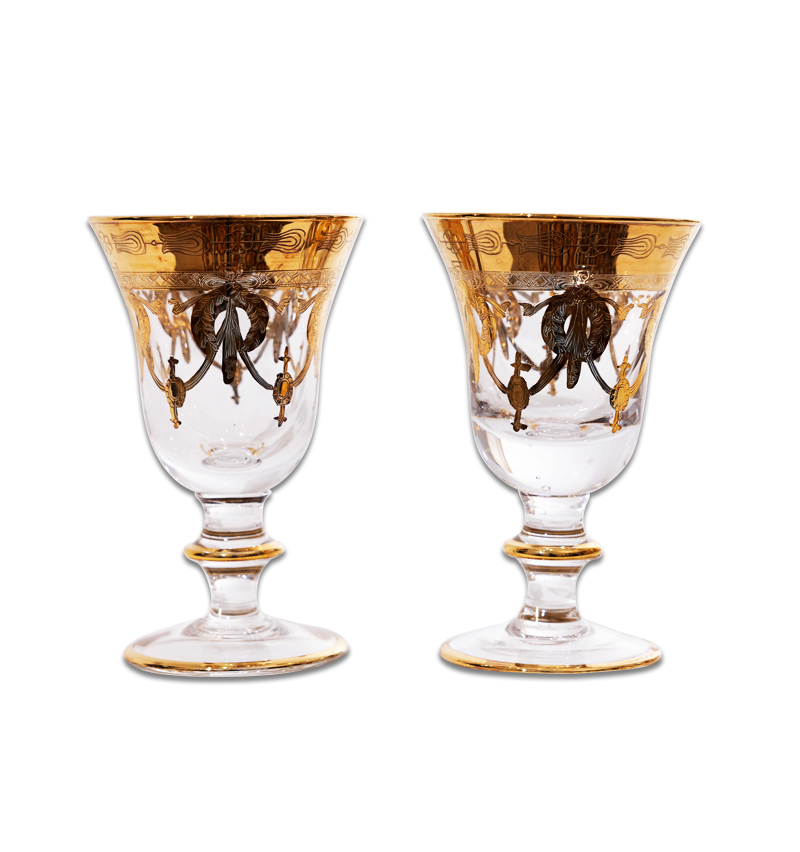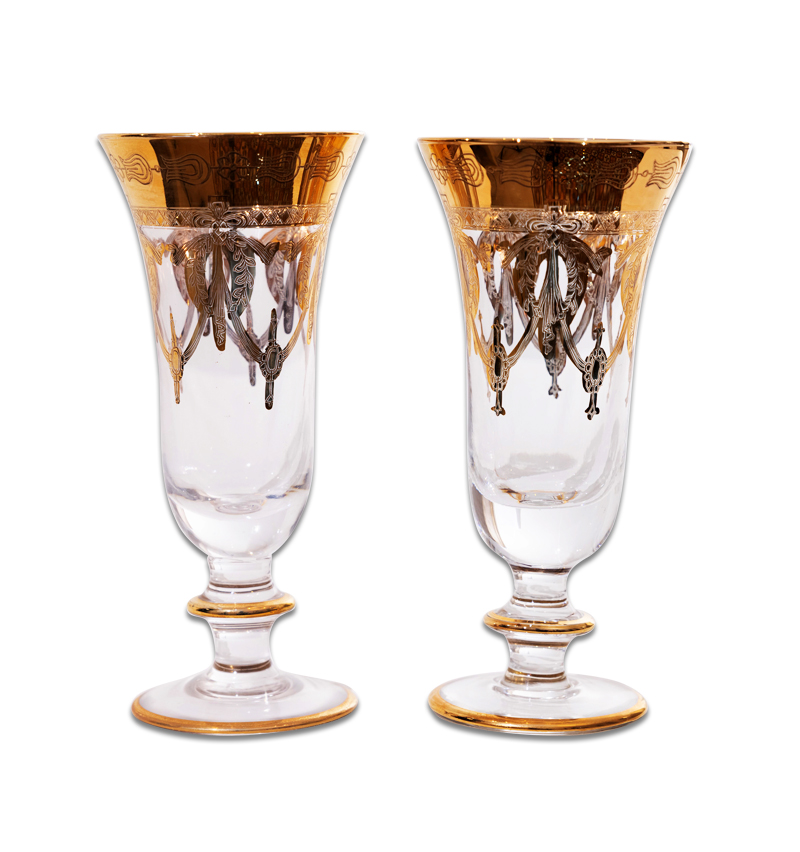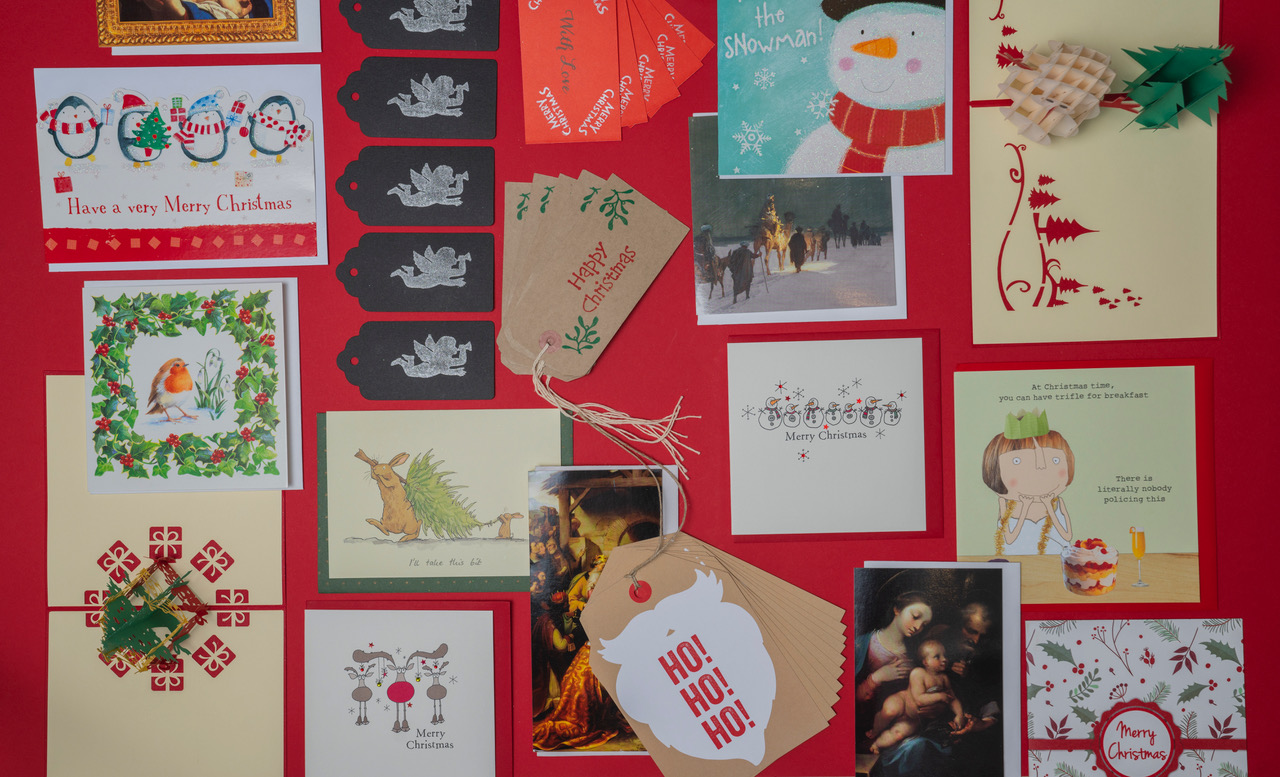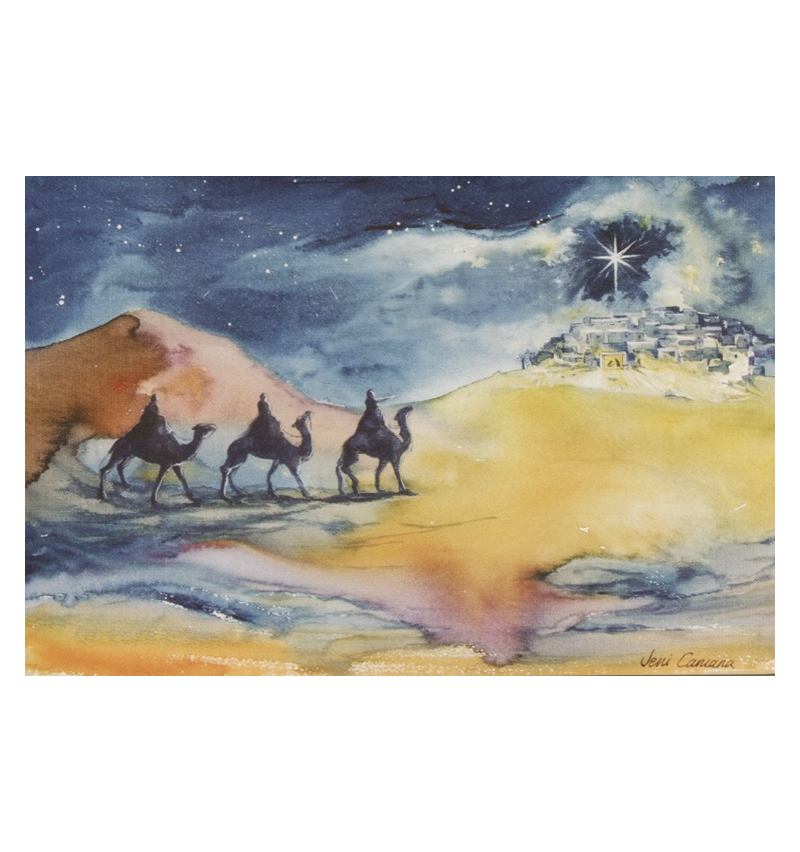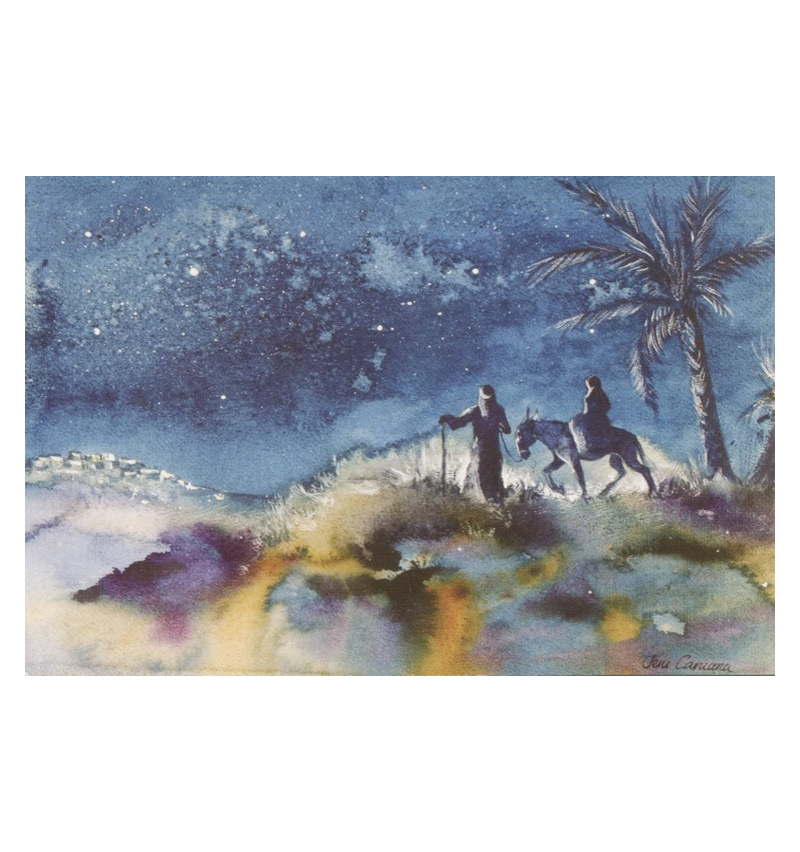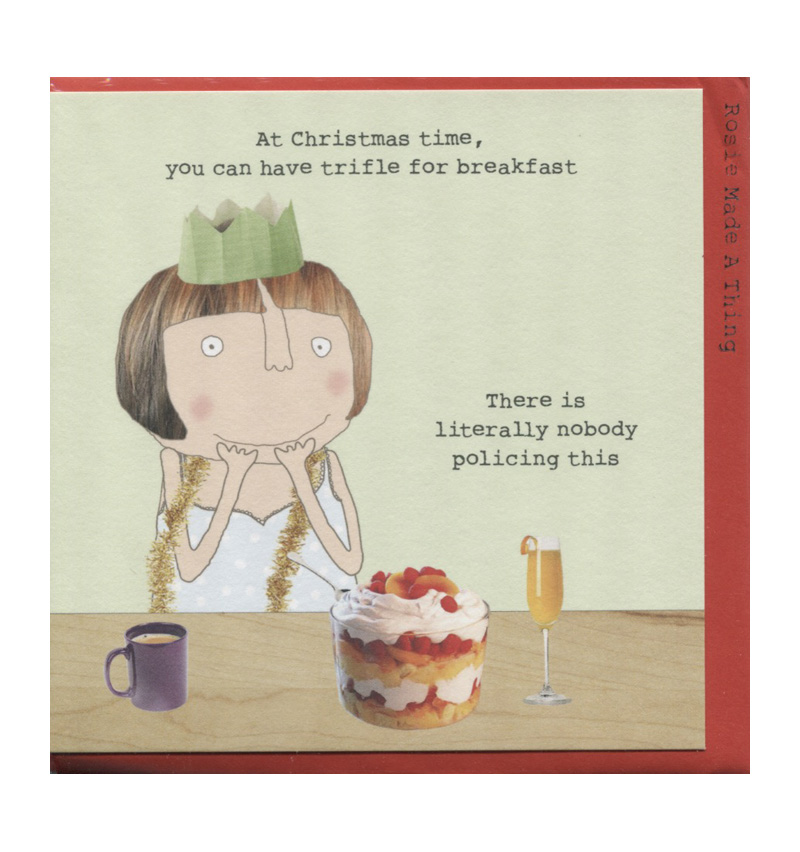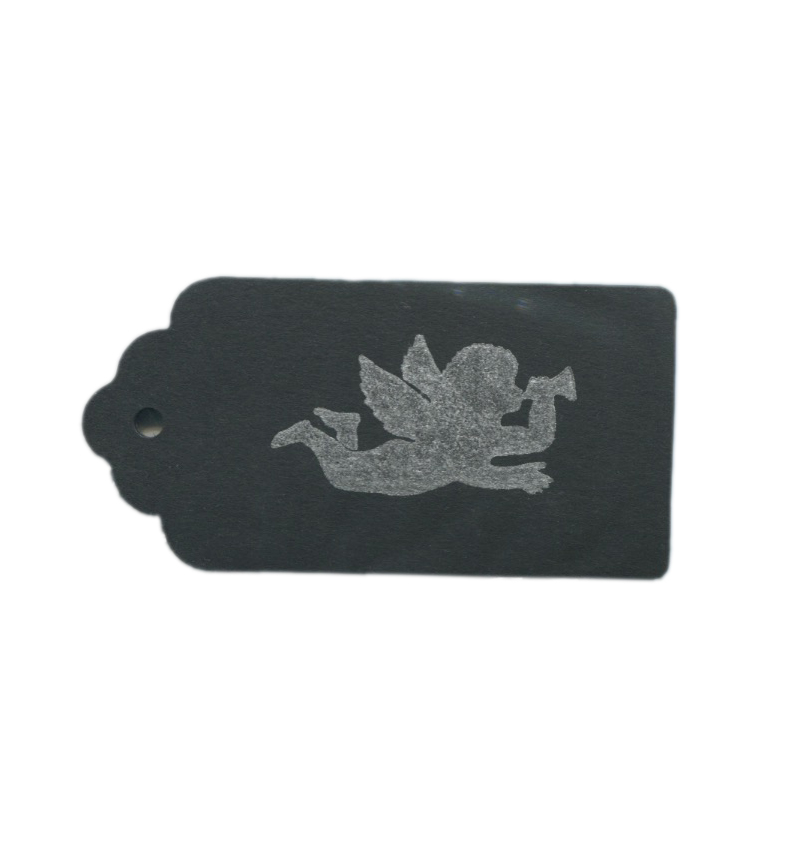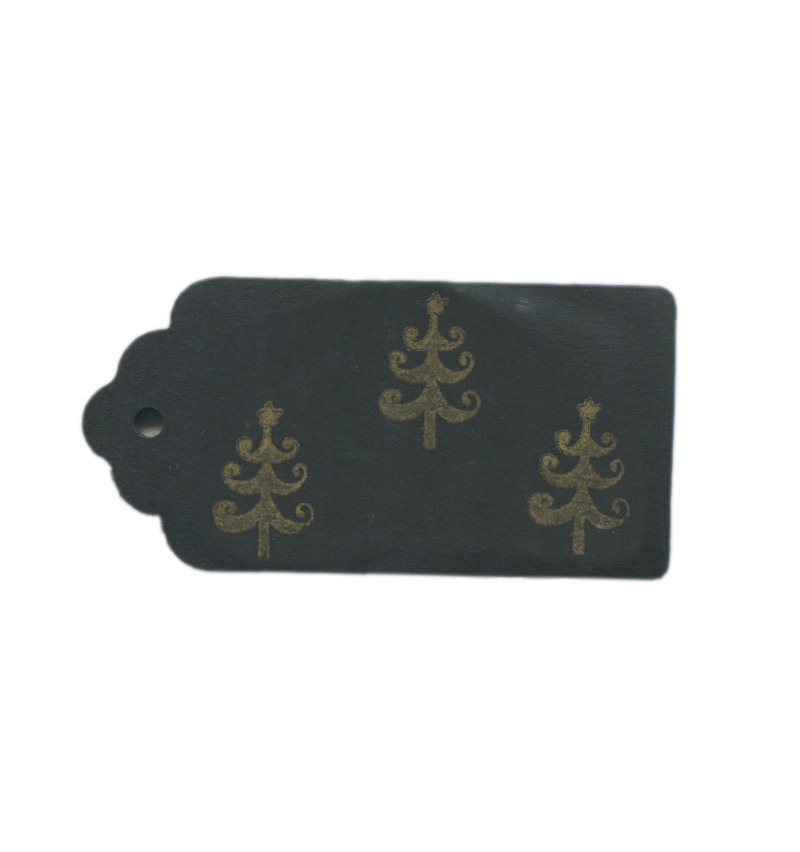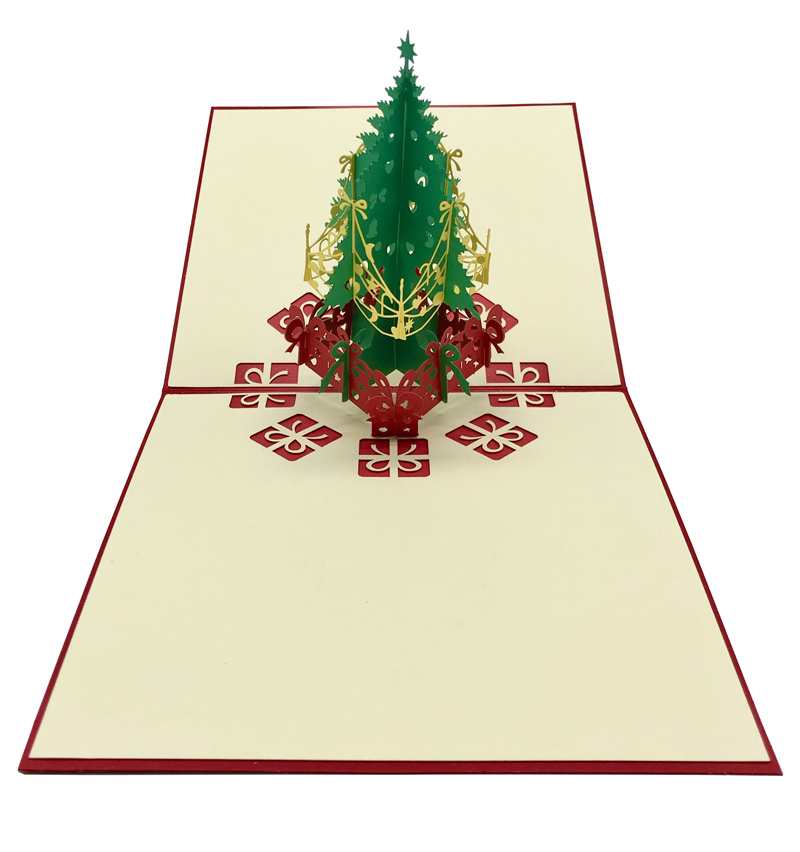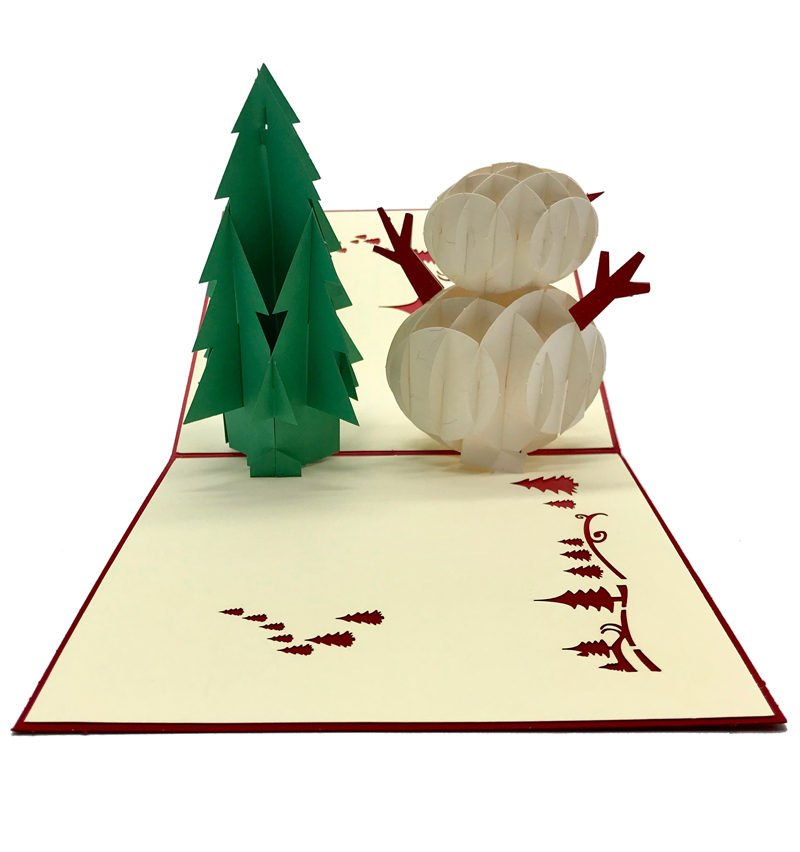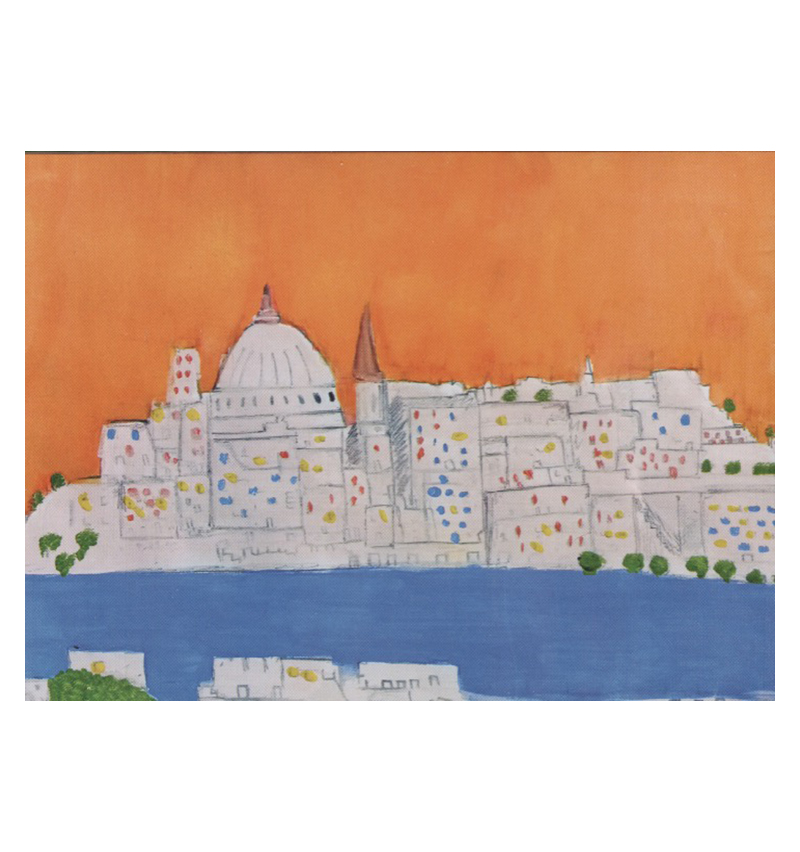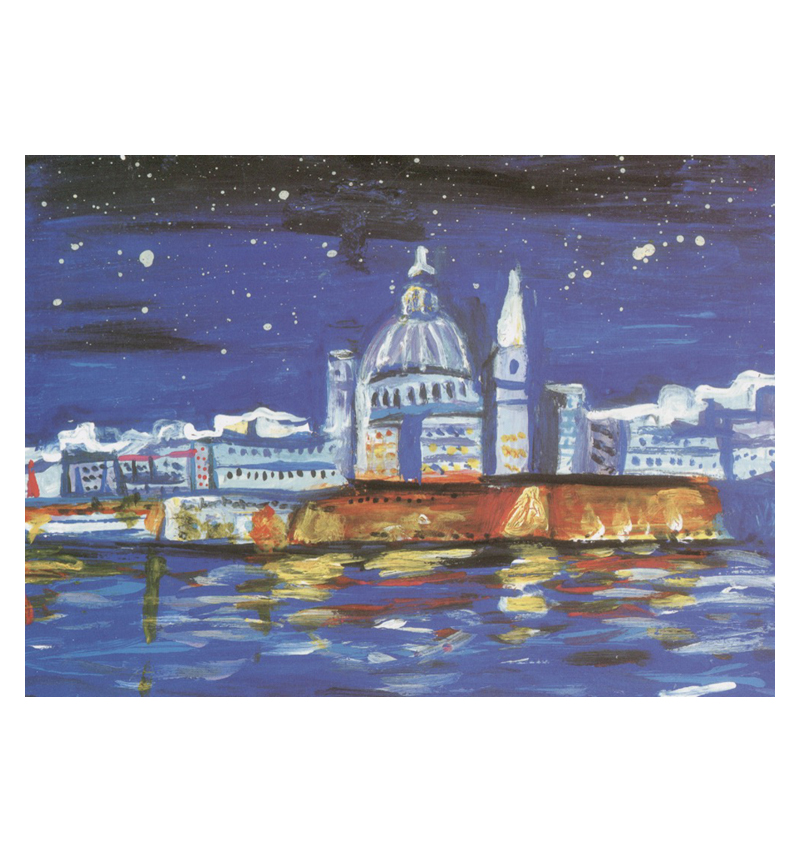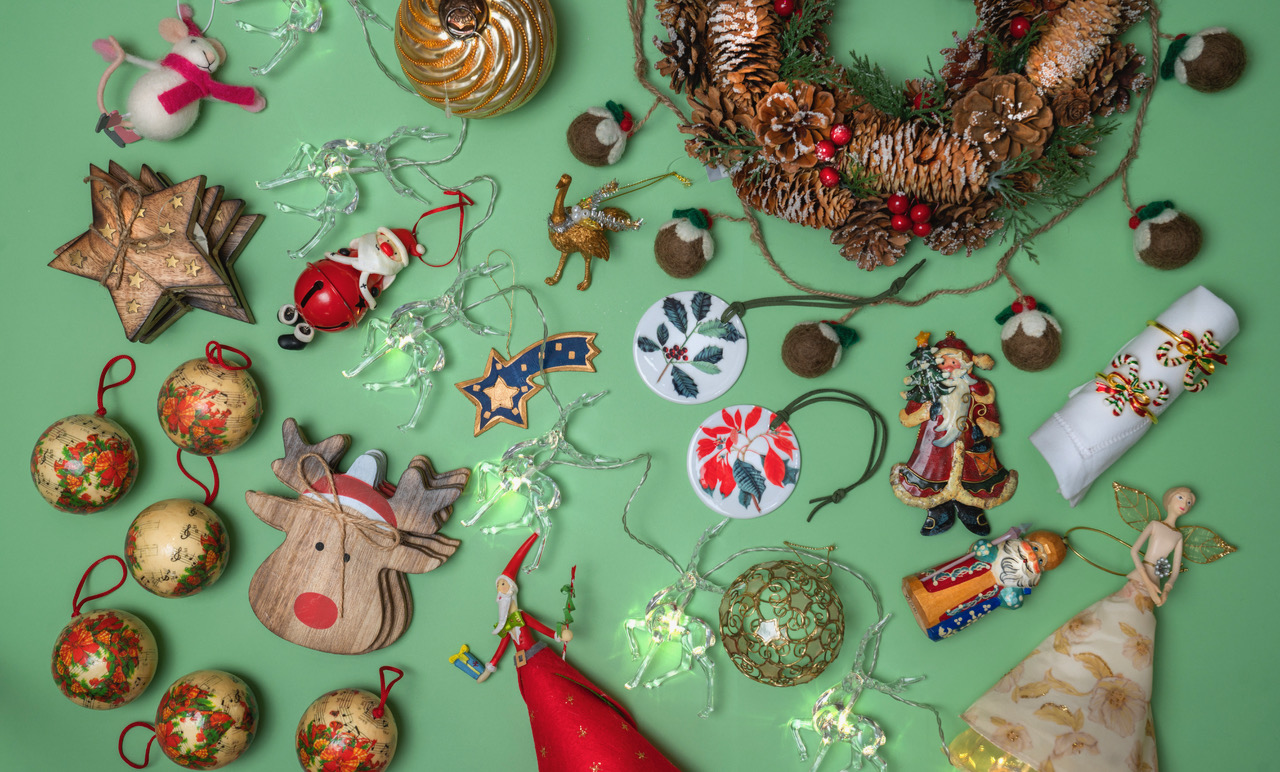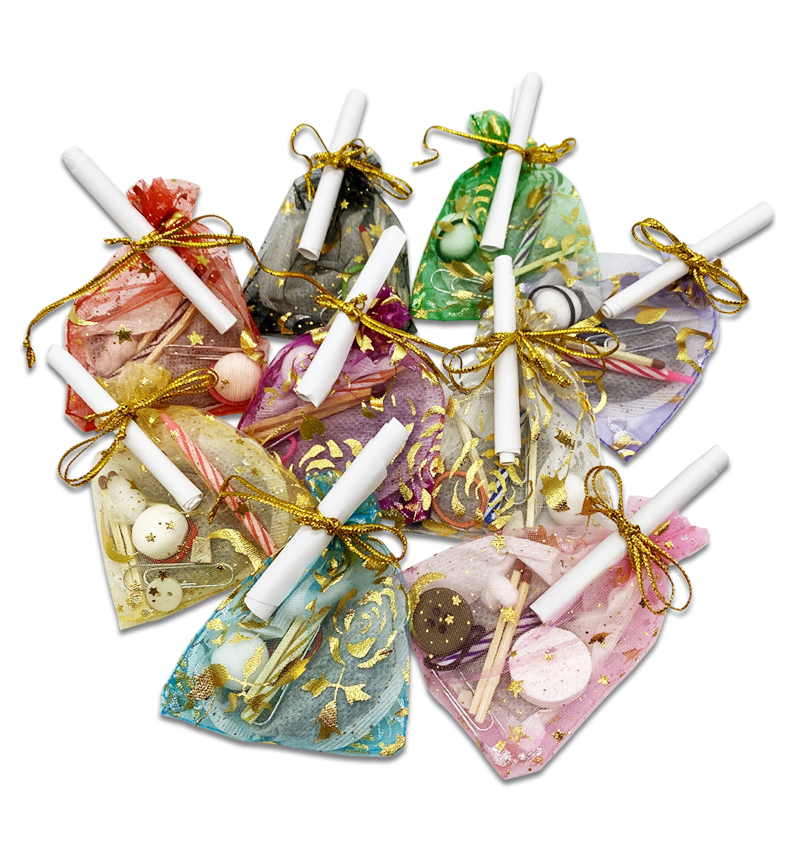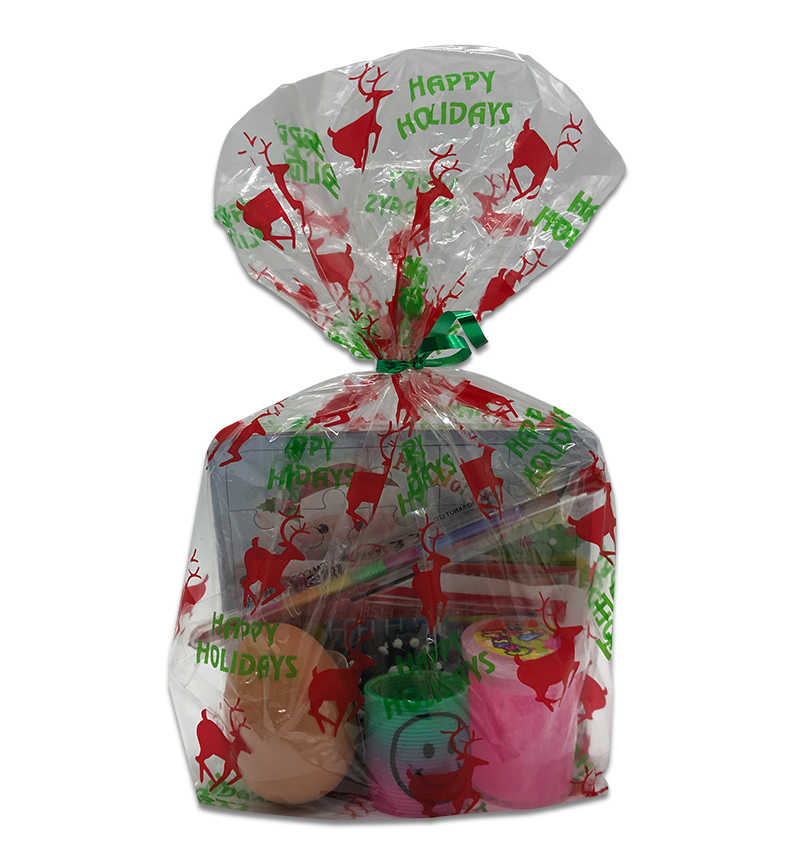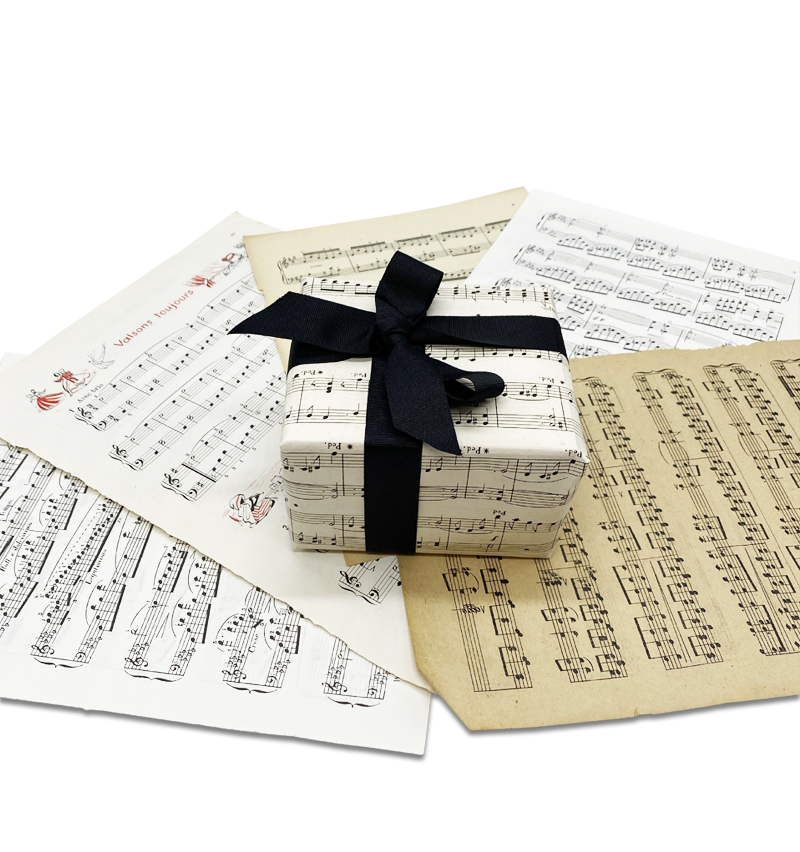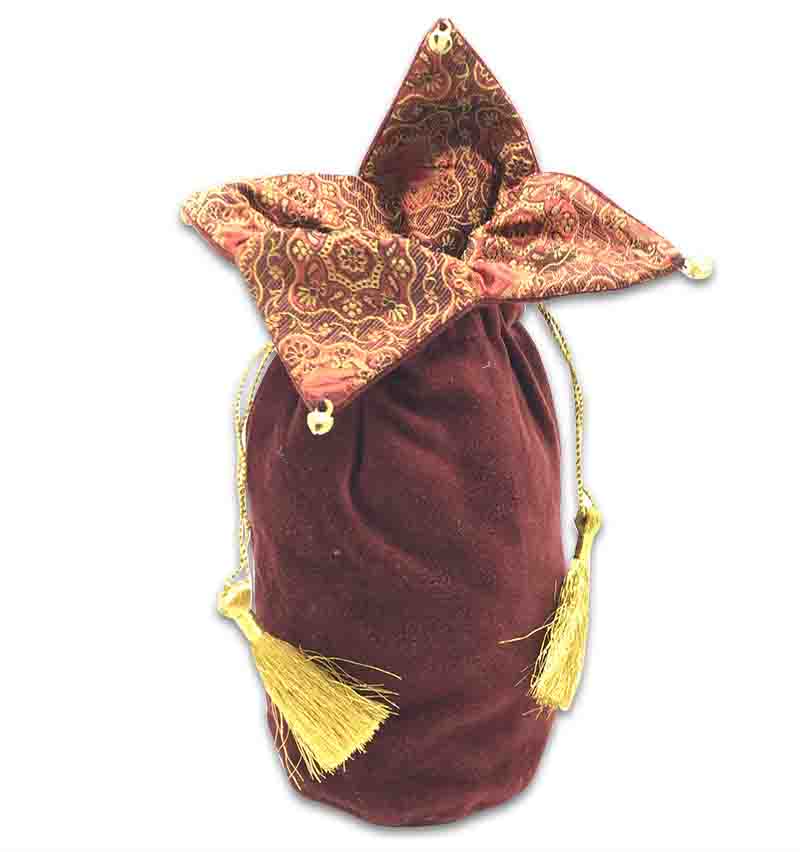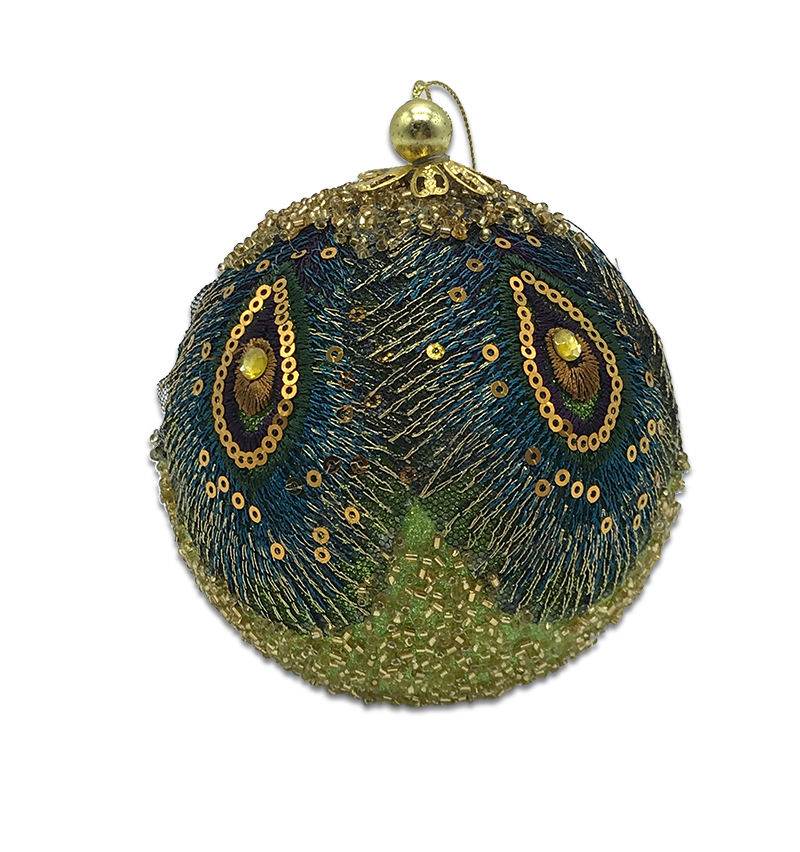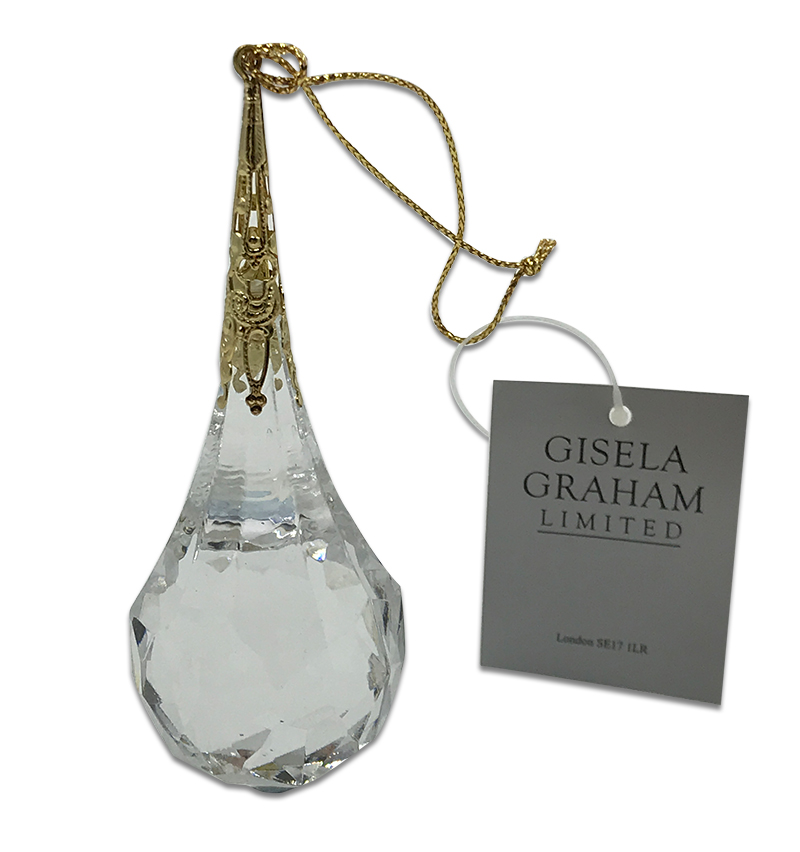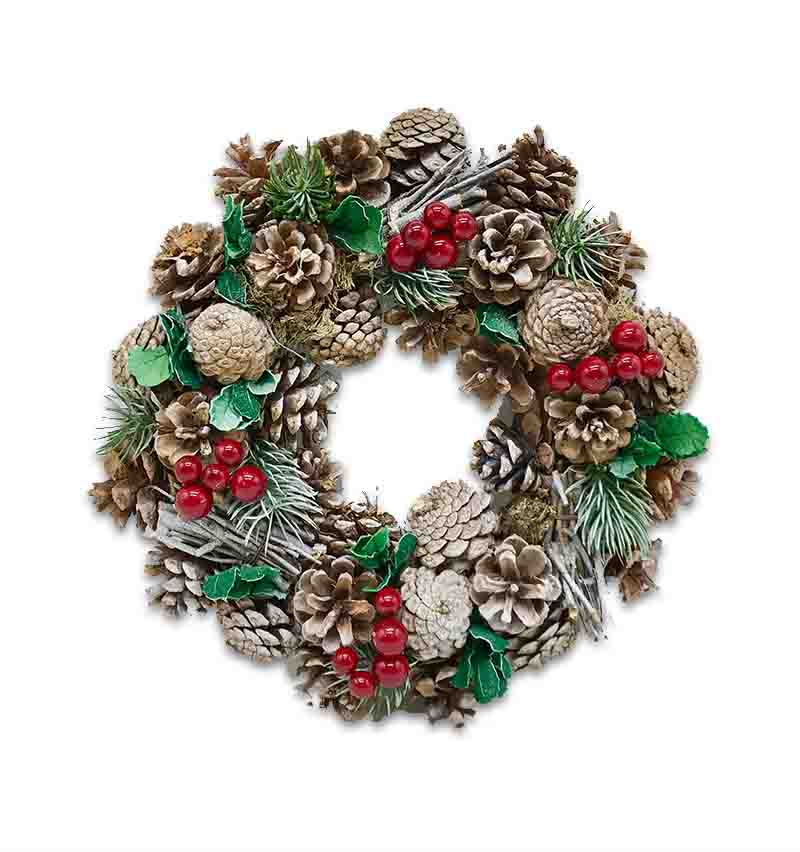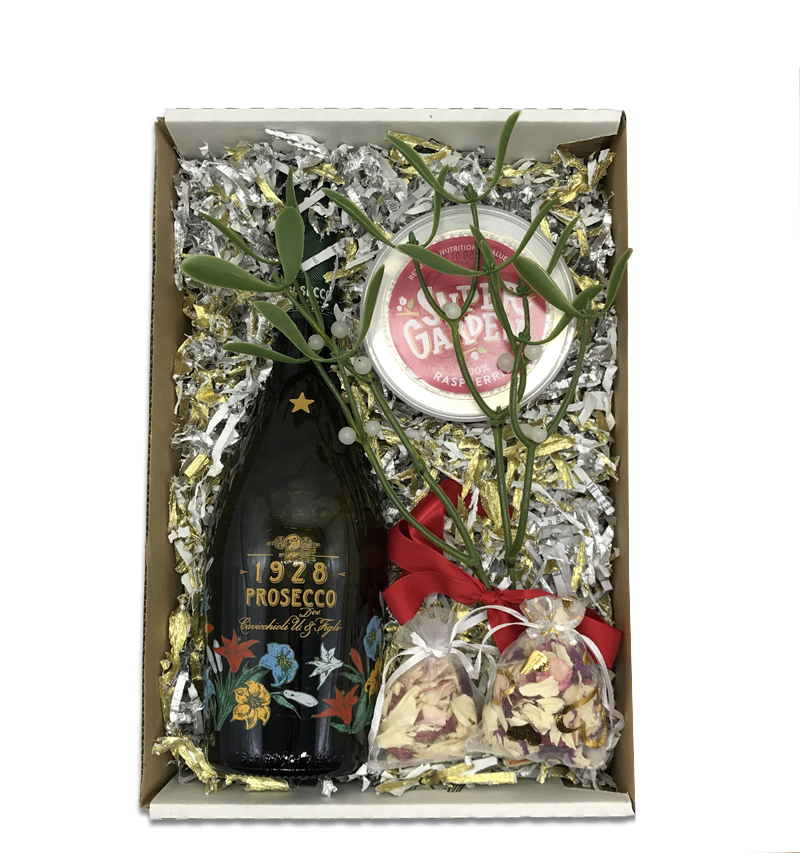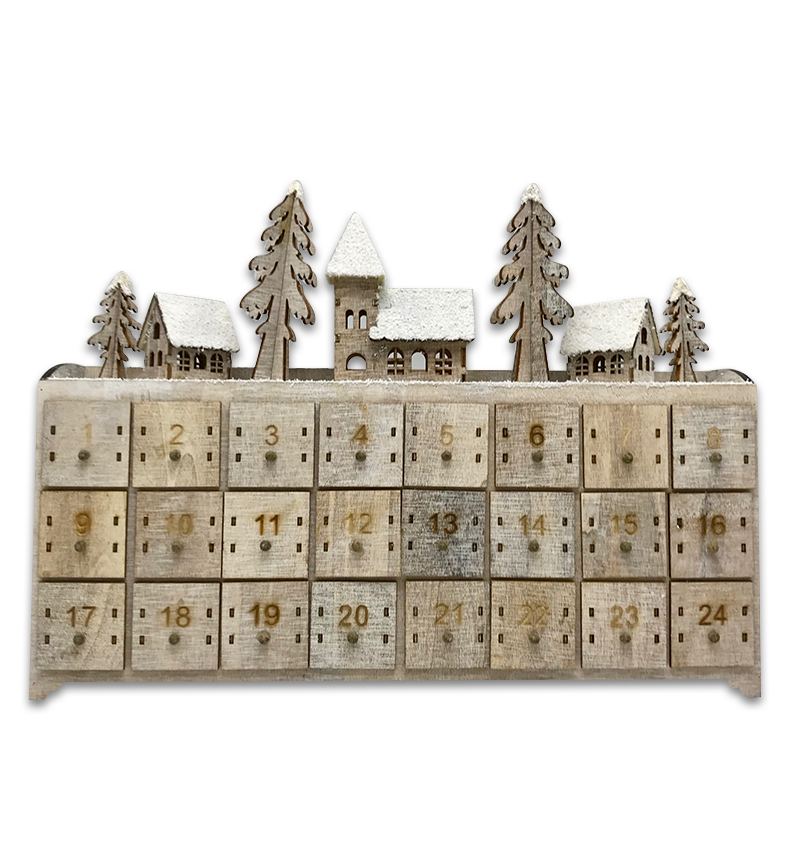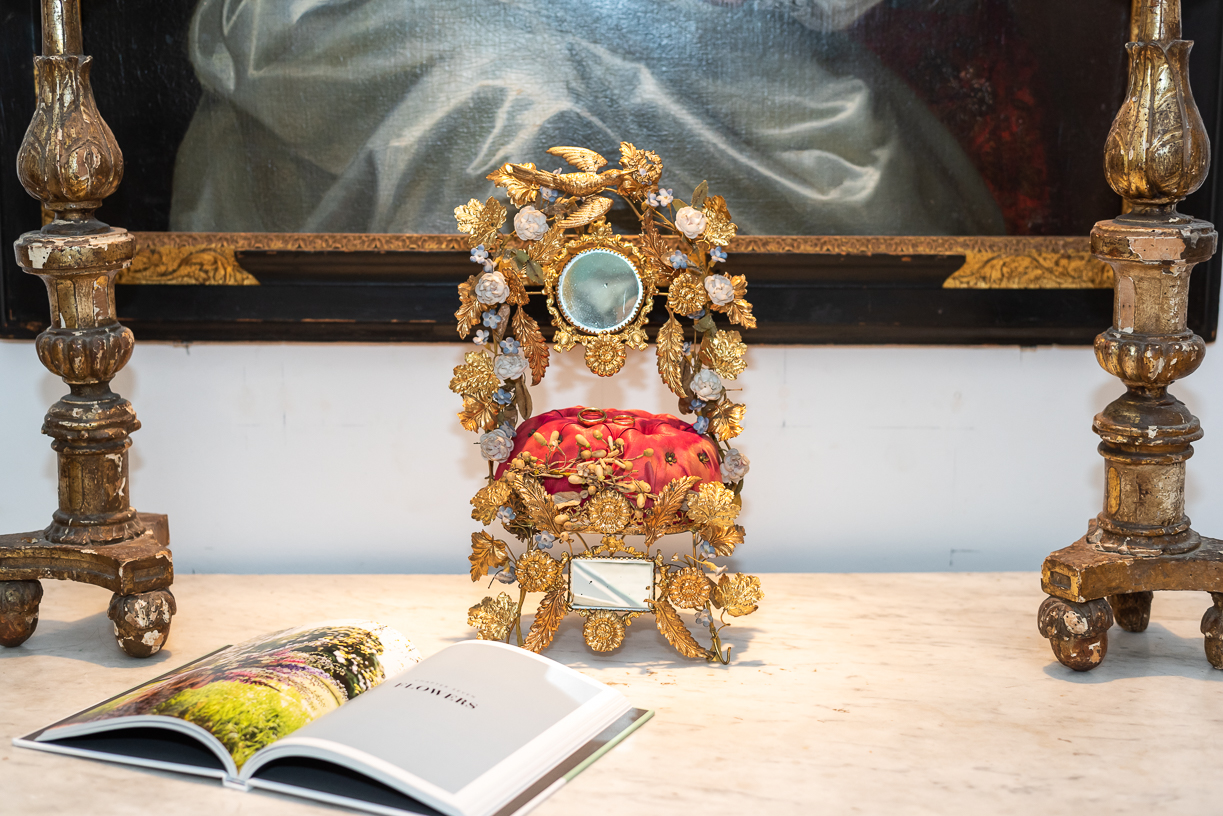
Is there any other dream more romantic than the idea of walking down the aisle towards true love? For some, getting married to the person you care about most in the world is a milestone achievement.
While the institution of marriage, a concept that dates back by about 23,000 years to the first hunter-gatherers, was, until very recently, a contractual agreement in Western society, its original concept and strict gender roles are thankfully heading out the door, allowing for more freedom, and a focus on the simple desire to create a life with an individual you cherish.
The thought of weddings makes us quite giddy, so let’s talk about some well-known wedding traditions and how they came about.
OLD EXPRESSIONS
We’ve all heard the phrase: “Something old, something new, something borrowed, something blue…and a silver sixpence in her shoe!” This cute Old English rhyme asks that the bride be given five objects for good luck on her special day.
“Something old” represents the couples’ past lives, while “Something new” symbolises their happy future. “Something borrowed” refers to an object belonging to an already happily married couple, in the hopes that their good fortune will rub off. For fidelity and love, you would give the bride “Something blue”, qualities represented by that colour. Finally, the father of the bride would slip a silver sixpence in his daughter’s shoe for good luck and prosperity.
EVIL SPIRITS
It’s quite fascinating just how many wedding traditions stem from one intent: the conviction to protect the couple from any evil spirits determined to ruin their big day. A bride’s veil would disguise her from any spirits envious of her beauty and happiness. The same goes for the tradition of bridesmaids wearing the same dress, the intention of which was to have them act as the bride’s decoys to confuse the pesky spirits.
While Queen Victoria’s marriage to Prince Albert in 1840 made it fashionable to carry a bouquet of one’s favourite flowers (in her case, snowdrops), in ancient Greece and Rome, this bridal bouquet would have actually consisted of aromatic herbs such as garlic and dill to once again – you guessed it! – ward off evil spirits.
SPEAKING OF BOUQUETS…
Why does the bride (and every single person at the wedding for that matter) take such a keen interest when the bouquet is tossed? In 1700s England, single women would attempt to touch the bride’s dress for luck, and in some cases, would even try to tear a piece off of it. As a diversion, the bride would toss the bouquet! Nowadays, it’s all in good fun, but wedding-goers often hope they’ll be next in line.
WHY WHITE?
The go-to colour for wedding gowns is white, a colour representing the bride’s virginity and purity. However, believe it or not, white wedding gowns only became fashionable in the Victorian era after Queen Victoria wore white to her own wedding. Before that, women simply wore the best dress they had.
While colours still retain their own meanings, this doesn’t apply to all cultures. For example, to most Westerners, wearing a red wedding gown wouldn’t be seen as ideal. Red represents many positive qualities, such as warmth and love, but also danger, leading many to believe it would bring bad luck. On the other hand, red wedding dresses have always been a popular choice in China. Often referred to as phoenix dresses, this opulent colour represents wealth and good fortune.

PRESERVING FOR POSTERITY
Antique aficionados amongst you might have taken an interest in the image at the beginning of this post. A curious piece known as a globe de mariée (marriage dome), which were popular in the late 19th century, this was traditionally given to a French bride and groom to commemorate their wedding day.
It would consist of many individual pieces, including a velvet or silk cushion surrounded by all manner of symbolic additions, including birds, leaves, and mirrors, each having their own meaning. As a highly personalised display representing the couple’s journey, keepsakes would be added along the way, including photographs, locks of their children’s hair, and jewellery. All of this would then be covered by a delicate glass dome. Think of it as a high-class scrapbook!
OF FINGERS, HANDS & RICE
Did you ever wonder why we were wedding rings on the fourth finger of our left hand? Romans believed this contained the “vein of love”, which was directly connected to the heart. And how about the expression “Tying the knot”? Celtic wedding ceremonies called this “handfasting”, where the couple’s hands were literally joined together to represent their commitment and new bond. In Hindu weddings, we can still see this happen, in a ceremony called hastmelap.
If you’ve ever gotten hit with a faceful of rice at a wedding, consider yourself lucky! Rice represents prosperity and fertility, essentially showering the couple with good fortune. A lot of people still adhere to this tradition, though it’s not uncommon to find alternatives in the form of biodegradable confetti and pieces clipped from leaves.



